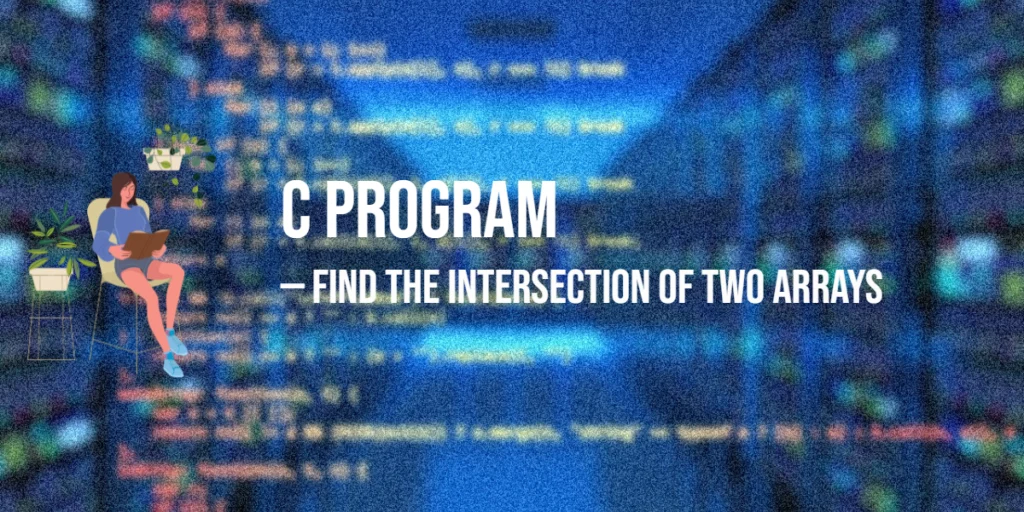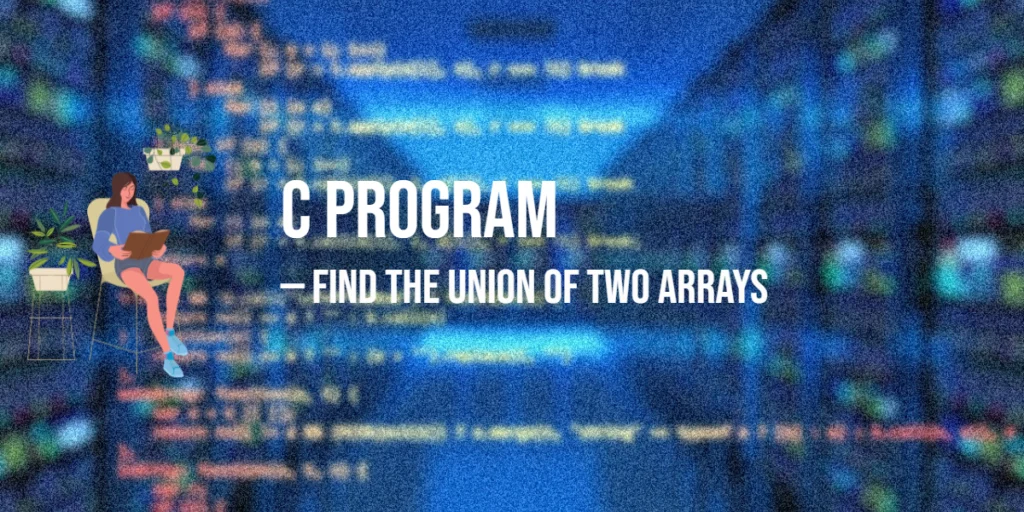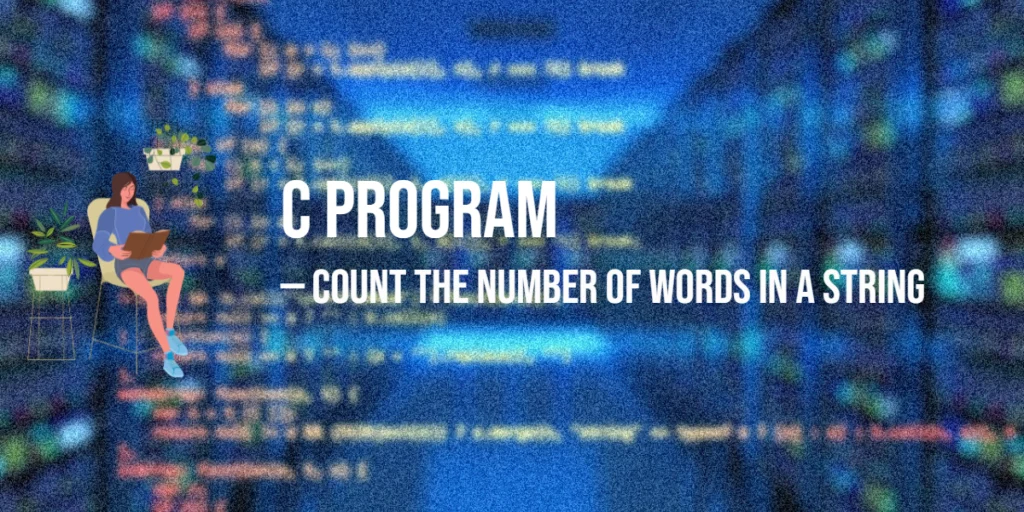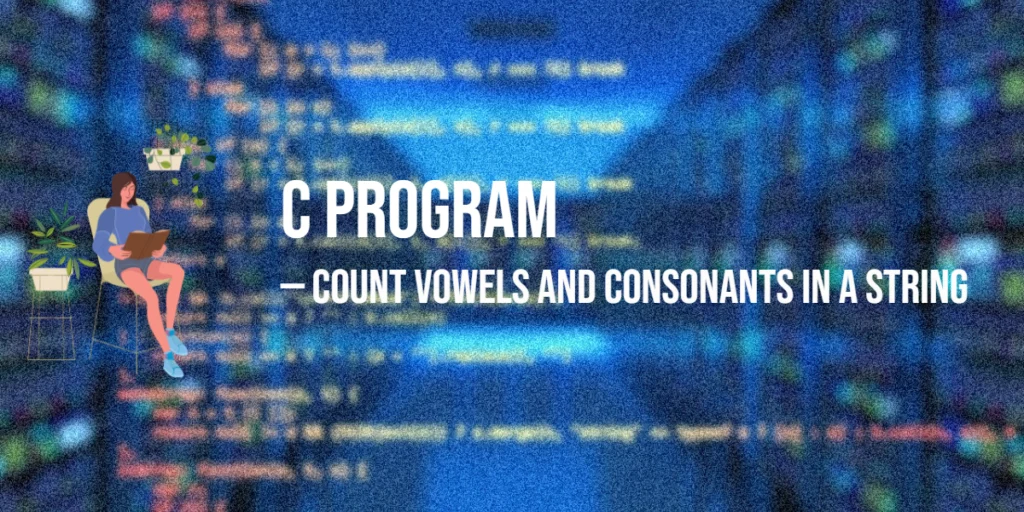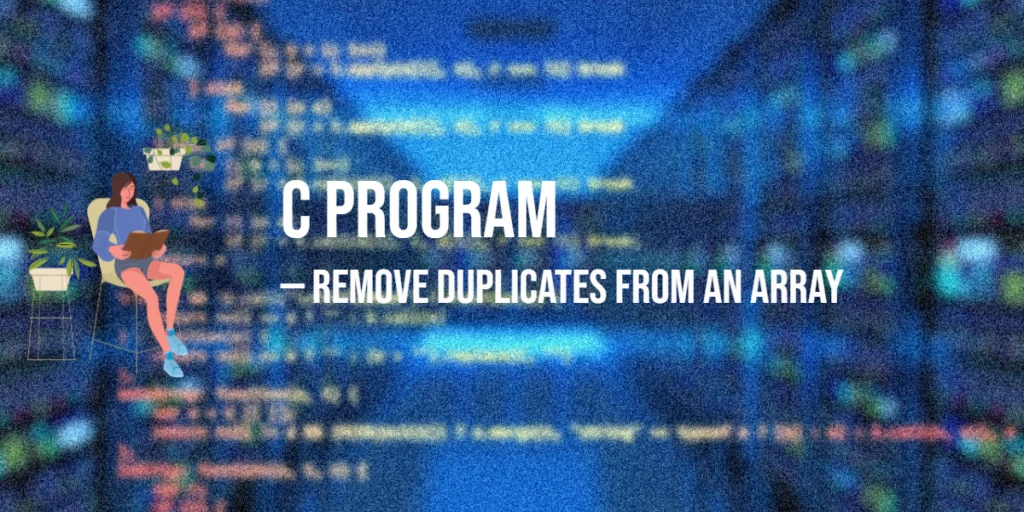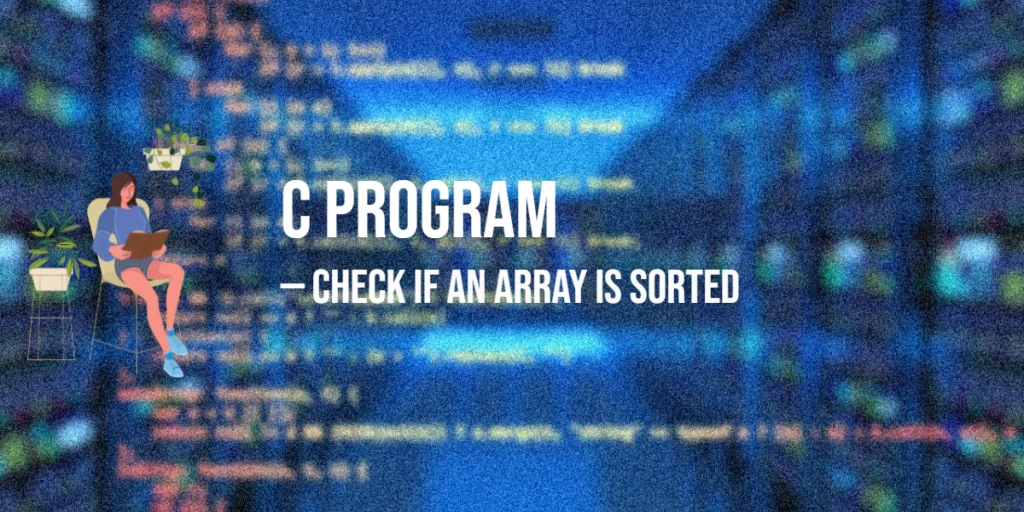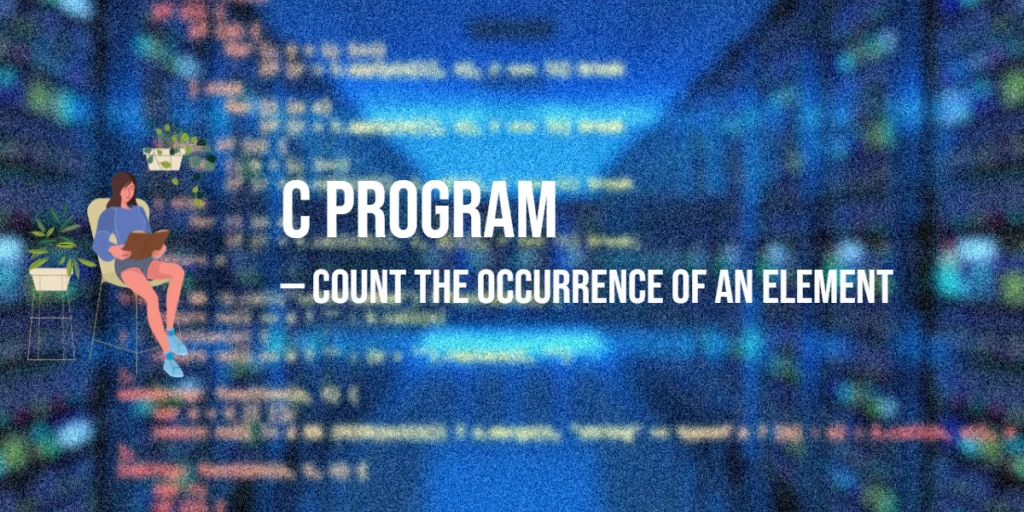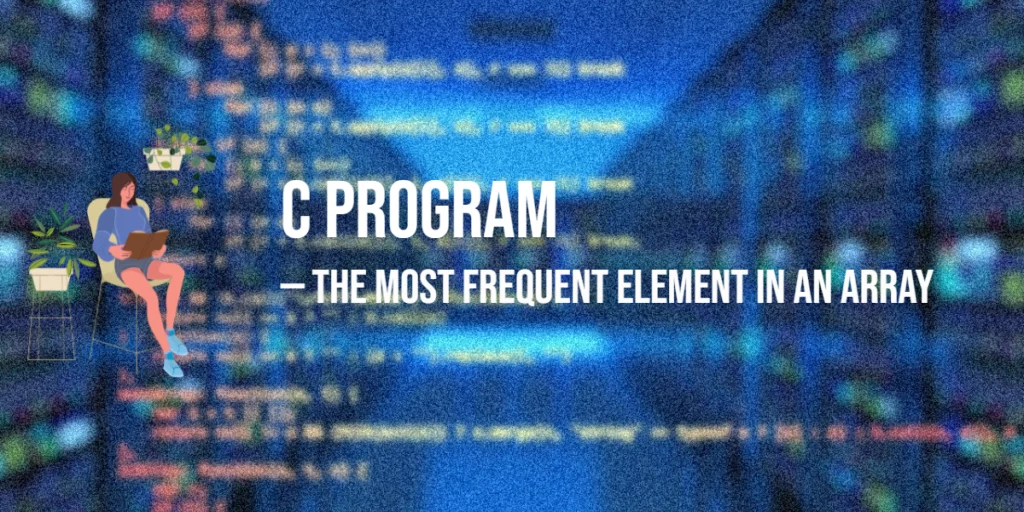C Program to Find the Intersection of Two Arrays
The intersection of two arrays is a new array that contains all elements present in both arrays. This operation is a fundamental concept in programming, used in data processing, set operations, and algorithm problems. Understanding how to find the intersection helps in comparing datasets and extracting common elements efficiently. In this tutorial, we will explore […]
C Program to Find the Intersection of Two Arrays Read More »
